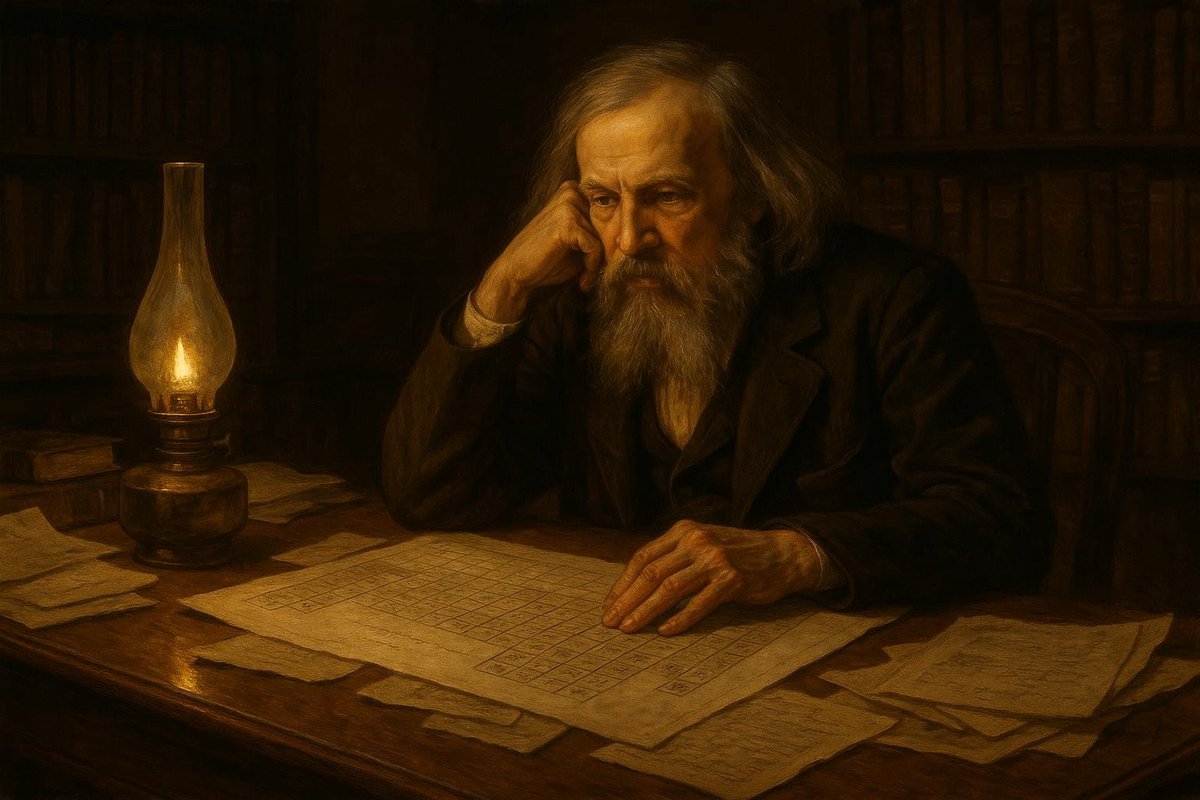
Few scientific creations have captured the imagination of both the scientific community and the general public as much as the periodic table of elements. Its orderly rows and columns tell a story of a methodical universe, where every element has its place. But how did this iconic symbol of science come to be? Who were the visionaries behind its assembly, and what challenges did they face on their journey? Let’s delve into this captivating tale.
Origin: A Science Without Order
In the early 19th century, chemistry was like an orchestra without a conductor. Elements were known, but their relationships were chaotic. This disarray posed a question: could there be a hidden pattern?
- Think about a time when recipes had no standardized units. Confusion reigned in the kitchen, much like it did in chemistry labs.
- By the mid-1800s, scientists were aware of over 60 elements, yet the connections between them remained elusive.
- No wonder many believed a unifying theory could revolutionize understanding, much like Newton’s laws had done for physics.
Amidst this backdrop, curiosity and determination drove scientists to seek order. As time went on, the pieces of this scientific puzzle were slowly being assembled. Little did they know, the solution was just around the corner.
Key Figures: The Architects of Order
Enter Dmitri Mendeleev, a Russian chemist with a visionary spark. Born in Siberia in 1834, Mendeleev was no stranger to challenging conditions. His story is one of resilience and ambition.
- Interestingly, Mendeleev’s personal life was as tumultuous as his scientific endeavors. He faced financial struggles and academic obstacles.
- Despite these challenges, he found solace in his work, driven by a profound desire to bring order to the chemical elements.
- Of course, Mendeleev wasn’t alone. Figures like John Newlands and Lothar Meyer also contributed to the periodic debate.
Mendeleev’s intuition and perseverance led him to arrange elements by atomic weight, leaving gaps for undiscovered elements. His periodic table, published in 1869, became a testament to his genius and foresight.
Turning Point: A Vision Realized
Imagine a world of puzzles, where the final piece suddenly clicks into place. In 1869, this was the reality for Mendeleev. He took a gamble, predicting the existence and properties of undiscovered elements.
- His predictions for elements like gallium and germanium were astonishingly accurate, proving the table’s validity.
- These successes turned skeptics into believers, cementing the periodic table as a scientific triumph.
- Mendeleev’s work was more than academic; it was a beacon for the scientific community, rallying others to explore further.
This moment marked a turning point not just for chemistry, but for the entire scientific method. The periodic table became a framework for future discoveries, inspiring generations of scientists.
Impact on the World: Beyond Science
The periodic table did more than organize elements; it ignited the imagination of society. It represented a universe bound by rules yet ripe for exploration.
- In classrooms around the world, students marveled at the table’s elegance, a testament to human curiosity and intellect.
- Culturally, it became an icon of science, symbolizing the quest for knowledge and understanding.
- Interestingly, artists and writers also drew inspiration from its structure, using it as a metaphor in their work.
Today, the periodic table remains an enduring symbol, bridging the gap between science and the humanities, continuously fueling our fascination with what lies beyond the known.
In conclusion, the periodic table is more than a scientific tool; it’s a story of human endeavor, imagination, and the relentless pursuit of knowledge. Its legacy is a reminder of our capacity to find order in chaos, unlocking the mysteries of the universe.
Fuel Someone Else’s Curiosity
If this tale of discovery and imagination has ignited your curiosity, why not share it with others? Discuss it with friends, spark a debate in a science group, or simply pass it along to someone who loves a good story. Together, we can continue to explore and celebrate the wonders of our world.

Leave a Reply